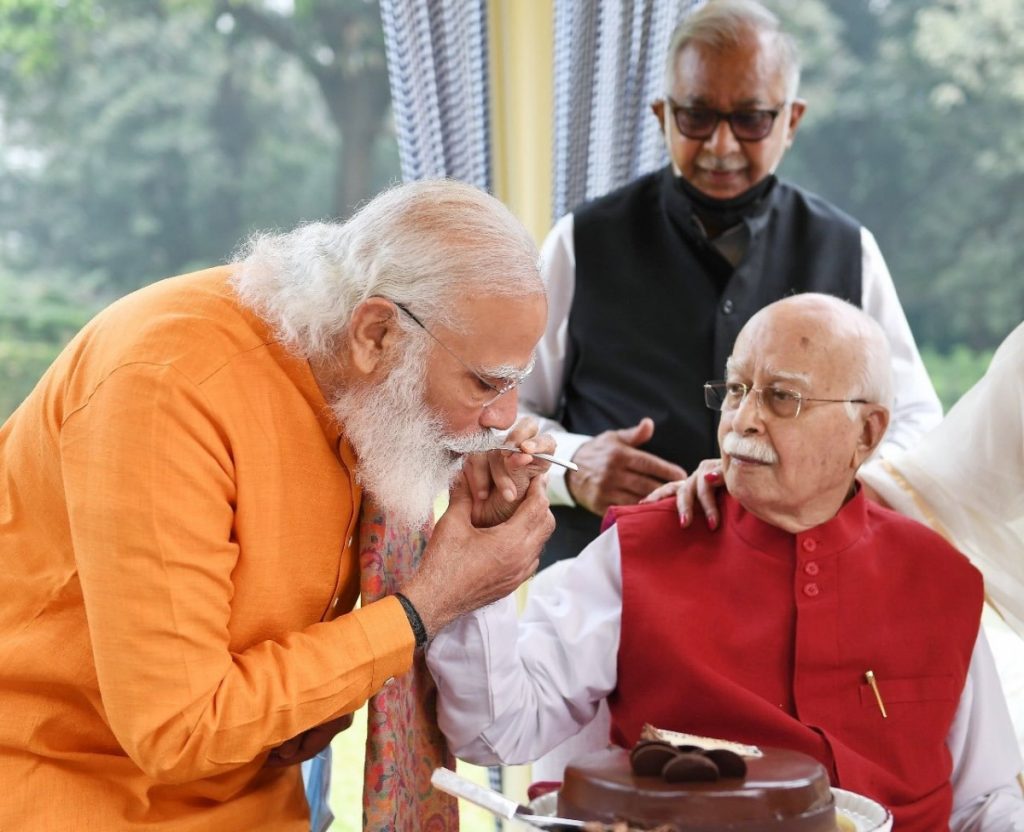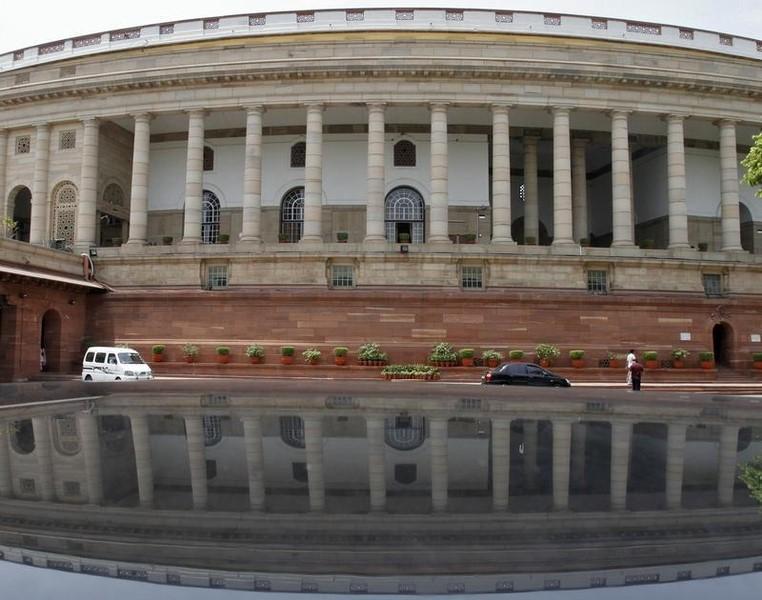The Past, Present and Future of India’s Capitol Hill Moment
What happened on January 6 is unprecedented in the history of the United States. The Capitol – meeting place of the US Congress and the seat of the legislative branch of the federal government – came under direct attack from a violent mob. The police failed miserably in doing their job and the mob stormed the building, temporarily disrupting the process of certifying Joe Biden's electoral college victory. Some called the attack an attempted ‘coup’ or 'insurrection', others termed it a ‘terror’ attack. Nonetheless, the event invoked a sense of horror and surprise for people across the world and proved to be a huge embarrassment for a country that prides itself in being the world’s oldest and arguably most mature democracy.
For Indians, the astonishing part wasn’t what happened but that it happened in the US. That an unruly mob, uncontrolled by the police, ended up breaching a legislative building is something that we can comprehend because unfortunately, India has witnessed many mob-driven events which were much worse in terms of loss of life and property damage.
Looking at the events that led to the storming of the Capitol Hill, one can easily draw parallels between the functioning, ideology and strategic execution of Donald Trump and Narendra Modi or the BJP.
Consider the parallels.
1. The storming of the Capitol began when the defeated president in a speech to a large group of his supporters said that he was 'robbed' of the election. He asked them to march to the building where Biden's win was to be certified and exhorted them to 'fight'.
It will be hard to count the number of times senior leaders of the BJP gave similar calls to their supporters. Starting from the demolition of Babri Masjid in 1992 to the Gujarat riots of 2002, to last year's Delhi riots, speeches made by BJP leaders L.K. Advani, Narendra Modi and Kapil Mishra played as much of a role in the rioting, murder and destruction which followed as Trump's words did on January 6.

Narendra Modi and L.K. Advani. Photo: Facebook/Narendra Modi
2. After Trump’s speech, his supporters, many of whom were armed and dressed in military attire, stormed the building where federal law-enforcement agencies (controlled by Trump) failed to establish a security cordon. The protesters quickly overwhelmed the police.
A much worse version of police inaction was recorded in Gujarat (during Modi’s tenure as chief minister) during the 2002 riots, when for three days, mobs incited by Sangh parivar leaders essentially had a free run to kill and rape hundreds of Muslims. The Delhi police – who report to Union home minister and Modi's trusted Man Friday Amit Shah – behaved similarly during the Delhi riots of February 2020, where instead of acting against the rioters, they were accused of participating in the riots and coordinating with the rioters in assaulting victims.
3. Trump made a public statement to his supporters who attacked the Capitol, in which he asked them to 'go home', but added that he 'loves them'. His comments were described by some as adding fuel to fire. He has not yet apologised for not being able to gauge the situation and acting in pure and evil self-interest.
Much worse than Trump, BJP leaders have a history of letting rioters have a free pass and not apologising for their missteps. After the 2002 Gujarat riots, Advani said, ‘the issue of an apology does not arise. But it is sure that riots are a sad issue’. When asked about his alleged complicity in the riots, Modi claimed that he would never apologise, but said he should be hanged if there is "even a grain of truth in the allegations".
Also Read: The Trump Coup D’Etat and Insurrection Was Long in the Making, And Will Continue
As one speculates in horror what such a siege might do to India and its constituents, one should remember that a similar attempt was made on the Indian parliament 55 years ago.
On November 7, 1966, during Indira Gandhi's regime, a crowd of around 125,000 descended on Central Delhi demanding a nationwide ban on cow slaughter. The mob, composed of saffron-robed sadhus, was armed with swords, trishuls and spears. The sadhus began by laying siege to the surrounding areas of Connaught Place, attacking electrical substations, hospitals, cinema halls, and other establishments.
After reaching Parliament Street, Jana Sangh MP Swami Rameshwaranand made an inflammatory speech, as a result of which the mob went ballistic and attacked the Parliament's security cordon. A policeman was killed in the melee but before the mob could enter the building, the police opened fire, killing seven sadhus. The defeated mob then turned around to vandalise the Connaught place area even more, along with attacking the houses of the Congress president and a Union minister.

Parliament House. Photo: Reuters
Fourteen years later, the Jana Sangh would evolve into the Bharatiya Janata Party, which in 1996 formed the government at the Centre for the first time. It continued to flourish and became the single largest party under Narendra Modi.
The politics of the BJP and especially Modi, is of having no regrets, contrition or repentance. Amongst his supporters, this has worked like a charm. Modi is yet to lose an election, having succeeded in five. One can only imagine what might ensue when he finally does lose one.
Jaspreet Oberoi is a freelance writer. He tweets at @iJasOberoi.
This article went live on January thirteenth, two thousand twenty one, at twenty-seven minutes past twelve at noon.The Wire is now on WhatsApp. Follow our channel for sharp analysis and opinions on the latest developments.




